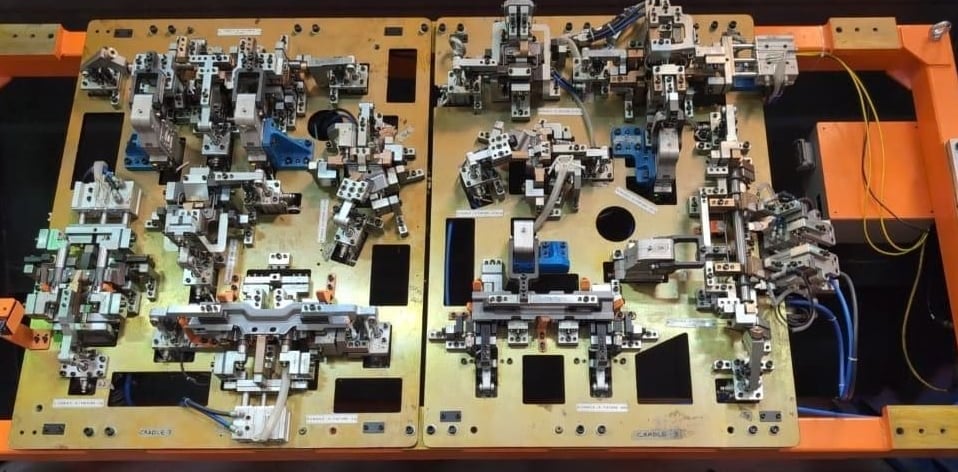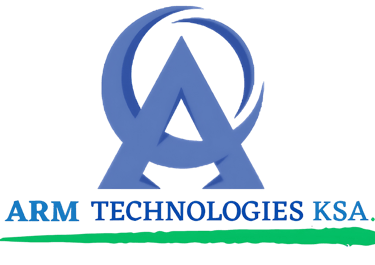A robotic welding fixture is a specialized tool used to securely position and hold workpieces in place during robotic welding operations. It ensures precision, repeatability, and stability throughout the process. Key components and features typically included in a robotic welding fixture are:
1. Base Plate or Fixture Frame:
Acts as the foundation.
Designed to be rigid and stable to avoid vibrations.
2.Locators:
Precisely position the workpiece.
Types: pins, blocks, or custom shapes that match part geometry.
3. Clamping Systems:
Hold the parts securely during welding.
Types:
1. Manual clamps (toggle, cam)
2. Pneumatic or hydraulic clamps (for automation)
3. Magnetic or vacuum clamps (for specific applications)
4. Sensors and Switches:
Detect part presence and clamp status.
Ensure the fixture is ready for welding.
5. Robotic Access Considerations:
Designed to avoid obstruction of the welding torch path.
Allow access for various weld angles.
6. Weld Spatter Protection:
Covers or coatings to protect against spatter buildup.
May include non-stick surfaces or shields.
7. Cooling Channels (optional):
Used in high-heat or high-cycle environments to manage temperature.
8. Adjustment Mechanisms:
Allow fine-tuning for alignment or accommodating different part sizes.
9. Identification and Feedback Systems:
Barcodes, RFID tags, or sensors to verify part type or orientation.
Help in flexible manufacturing setups.
10. Modular Elements:
For fixtures handling multiple part variants.
Quick-change modules for faster setup.





